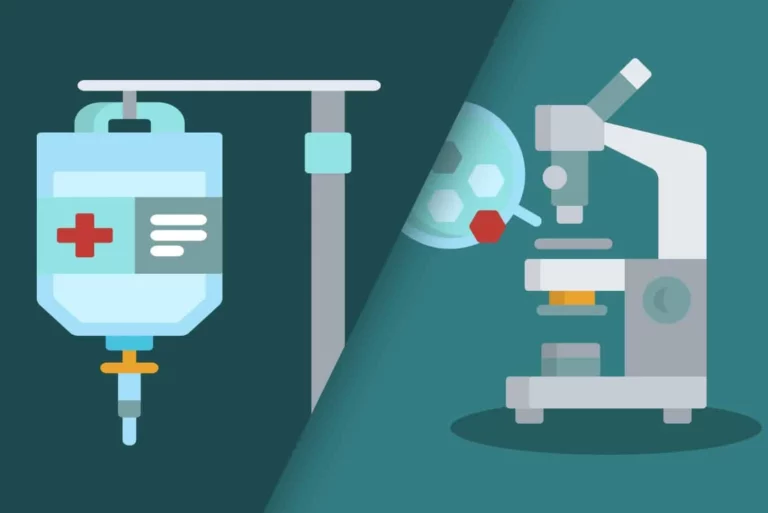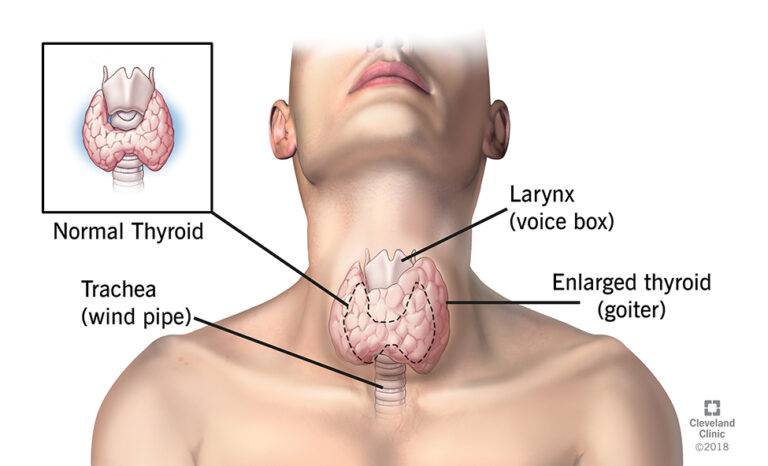Amenorrhea: The absence of Menstruations
Author: Rose Stella
Rose Stella
Category: Women's Health
Tags: menstrual, primary, amenorrhea, women's health
What is menstrual amenorrhea?
Amenorrhea is the absence of menstruation, which is frequently described as the absence of one or more menstrual cycles. It occurs when a woman does not receive her monthly period. It might be either transient or permanent in nature. Amenorrhea can occur as a result of a change in function or an issue with a particular component of the female reproductive system.
There are periods when menstruation is not expected, such as before puberty, during pregnancy, and during menopause. Amenorrhea should be investigated if it persists for more than three months. Furthermore, if a person does not begin menstruating by the age of 16, they should seek medical attention.

Types of Amenorrhea
There are two types of this condition. One is Primary Amenorrhea and the second is Secondary Amenorrhea.
Primary amenorrhea
Primary amenorrhea is the lack of menstruation in a person who has not had a period by the age of 15. Although hormonal imbalances are the most prevalent cause of primary amenorrhea, anatomical abnormalities can also induce the disease. Primary amenorrhea is quite uncommon. It affects less than 0.1 percent of people in the United States.
Secondary amenorrhea
Secondary amenorrhea is defined as the absence of three or more periods in a succession in a woman who has previously had periods. Although pregnancy is the most prevalent cause of secondary amenorrhea, hormonal imbalances can also result in secondary amenorrhea. Secondary amenorrhea is when periods begin, but then cease.
A single missed period is rarely indicative of a health problem, yet many people would request a pregnancy test if this occurs.
A physician will consider secondary amenorrhea if an individual demonstrates the following:
- Previously had regular periods and then went three months without any.
- Previously had irregular periods and then went six months without any.
In addition, It is frequently a symptom of another underlying health problem rather than an illness in and of itself. It can occur for a variety of reasons. Also, It can occur naturally during certain stages of life, such as pregnancy or breastfeeding. Additionally, it might be a symptom of a medical condition, such as polycystic ovary syndrome (PCOS). Because the condition is related to some health problems that are also related with infertility.

Primary amenorrhea Causes
Primary amenorrhea (absence of menses at the age of 16) can be caused by two distinct factors:
Chromosomal or genetic disorders may impair the ovaries’ natural function. Turner syndrome, which is caused by a missing X chromosome, and androgen insensitivity syndrome.
Issues with the hypothalamus or pituitary gland in the brain might result in a hormonal imbalance that prevents periods from beginning. Eating disorders, excessive exercise, and significant physical or psychological stress, or a combination of these variables, can also affect the hypothalamus or pituitary gland’s normal function, delaying the onset of menstruation.
Physical issues, such as missing reproductive organs or obstruction of reproductive passages, can also cause primary amenorrhea in rare situations. Missing reproductive tract segments can induce endocrine abnormalities and may work in conjunction with hypothalamic or pituitary dysfunction to postpone menstruation. Additionally, blockages may impede menstrual bleeding, giving the impression that a girl has primary amenorrhea, even though her menstrual cycles are regular.
Secondary amenorrhea Causes
Secondary amenorrhea (missing three consecutive menstrual periods or not having periods for at least six months after menstruation normally) can occur for a variety of reasons, including the following:
Causes inherent in nature
The most prevalent natural cause of secondary amenorrhea is pregnancy. Breastfeeding and menopause are two other physiological factors.

Medications and therapies
This condition is the result of some birth control tablets, injectable contraceptives, and hormonal intrauterine devices (IUDs). After discontinuing one of these methods of birth control, it may take several months for the menstrual cycle to resume and become regular.
Certain drugs, such as certain antidepressants and blood pressure medications, might cause a rise in the level of a hormone that inhibits ovulation and the menstrual cycle.
Chemotherapy and radiation therapy for hematologic cancers (including those of the blood, bone marrow, and lymph nodes) as well as breast or gynecologic cancers can damage estrogen-producing cells and eggs in the ovaries, resulting in the disease. Amenorrhea that results may be transient, particularly in younger women.
Occasionally, scar tissue can form in the uterine lining, preventing the uterine lining from shedding normally throughout the menstrual cycle. This scarring can occur following a dilation and curettage (D&C) procedure, which involves the removal of tissue from the uterus to diagnose or treat heavy bleeding or to clean the uterine lining following a miscarriage, a cesarean delivery, or therapy for uterine fibroids.
Hypothalamic amenorrhea.
This disorder arises when the hypothalamus, a gland in the brain that governs bodily functions, decreases or completely eliminates the release of gonadotropin-releasing hormone (GnRH), the hormone that initiates the menstrual cycle. Women with hypothalamic amenorrhea frequently exhibit the following characteristics:
- Low body mass index
- Low body fat percentage
- Calorie and fat intake are quite low.
- Stress on the emotional level
- Extensive exercise
- Leptin deficiency, a protein hormone responsible for hunger and metabolism
- Certain medical disorders or diseases
Secondary amenorrhea may also be a primary symptom of gynecological
diseases, particularly those that cause or arise from hormone imbalances.
- Ovarian polycystic syndrome (PCOS). PCOS develops when a woman’s body creates an abnormal amount of androgens (a type of hormone). Increased amounts of androgens can result in the growth of fluid-filled sacs or cysts in the ovaries, obstructing egg release (ovulation). The majority of women with PCOS either suffer amenorrhea or have irregular periods, referred to as oligomenorrhea.
- Primary ovarian insufficiency linked with fragile X (FXPOI). FXPOI is a word that refers to a disorder in which a woman’s ovaries cease to function before to typical menopause, usually around the age of 40.
Thyroid issues.
The thyroid is a small butterfly-shaped gland located near the base of the neck. It is directly behind the Adam’s apple. Thyroid hormones regulate metabolism and responsible for puberty and menstruation. Menstrual abnormalities, is the result of overactive thyroid gland (hyperthyroidism) or an underactive thyroid gland (hypothyroidism). 10
Pituitary tumors.
The pituitary gland in the brain is responsible for the synthesis of hormones that control a variety of biological activities, including metabolism and reproduction. Although tumors on the pituitary gland are normally benign (noncancerous), they might disrupt the body’s hormonal regulation of menstruation. 10
Who is
susceptible to amenorrhea?

Amenorrhea is associated with the following risk factors:
- Early menopause run in the family.
- Menstrual cycle disorder is a genetic or chromosomal issue that affects your menstrual period.
- Obesity or malnutrition.
- Consumption disorder.
- Over-exercising.
- Inadequate nutrition.
- Stress.
- Illness that persists.












